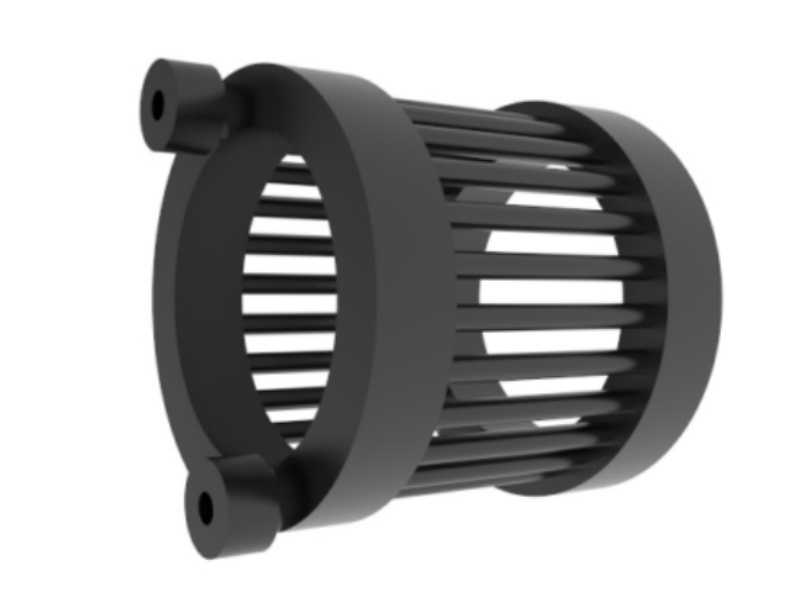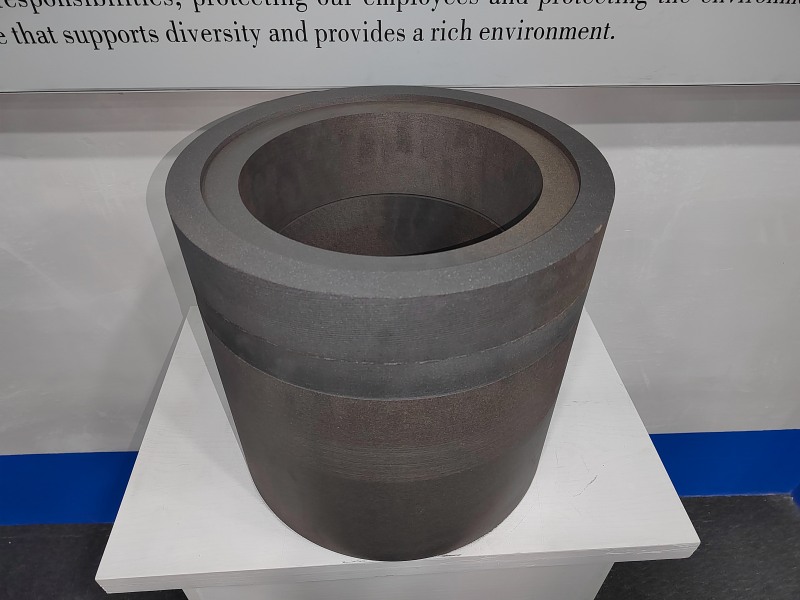Графитовый теплообменник типа «беличья клетка» отличается уникальной конструкцией «беличья клетка». Изготовленный из прочного графита, он обеспечивает превосходную теплопередачу, обеспечивая эффективный нагрев или охлаждение жидкости с надежной работой и длительным сроком службы.
Оплата:
TT L/C PayPal Westunion MoneygramПроисхождение продукта:
China, Anhui provinceСудоходная порт:
shanghaiВремя выполнения:
1 monthМогил:
1Упаковка:
wooden caseЦвет:
customizedМатериал:
graphiteРабочая температура:
-20~130°CРабочее давление:
≤0.3MPa

Product review
The structure of the rat cage type graphite heater consists of various components, including upper and lower covers, upper and lower tube sheets, graphite tubes, baffle plates, and so on. It is typically installed within reaction tanks and storage tanks.The upper tube sheet is firmly affixed to the inner wall of the reactor using a PTFE plate or graphite block. This is done to prevent any shaking or impact with the container.A corrosive or non-corrosive carrier, such as brine or saturated water vapor, circulates within the tubes, with only slight scaling occurring. The exterior of the tubes is in contact with the corrosive mother liquor, and this design allows for easy cleaning.The tubes can be chosen from specifications such as Φ32/25 and Φ50/50. An internal baffle plate is employed to enhance the heat transfer efficiency.The arrangement of the tubes can be classified into one row, two rows, or three rows. Specific specifications can be customized and designed according to the requirements of the users.

Product advantages
In the production of omethoate with dimethyl adipate and the production of methamidophos during the dichloride process, the mouse cage type graphite heat exchanger has replaced the traditional lead coil. This substitution has brought about a revolutionary change in the heat exchange mode of the reaction kettle. It features high heat transfer efficiency and strong corrosion resistance. A large-area heat exchanger can be designed, which shortens the production cycle and reduces energy consumption. Moreover, its service life is greatly prolonged, reaching up to four years or more under normal use, 4 - 5 times that of the lead coil. It is also convenient for maintenance and installation, bringing considerable economic benefits.